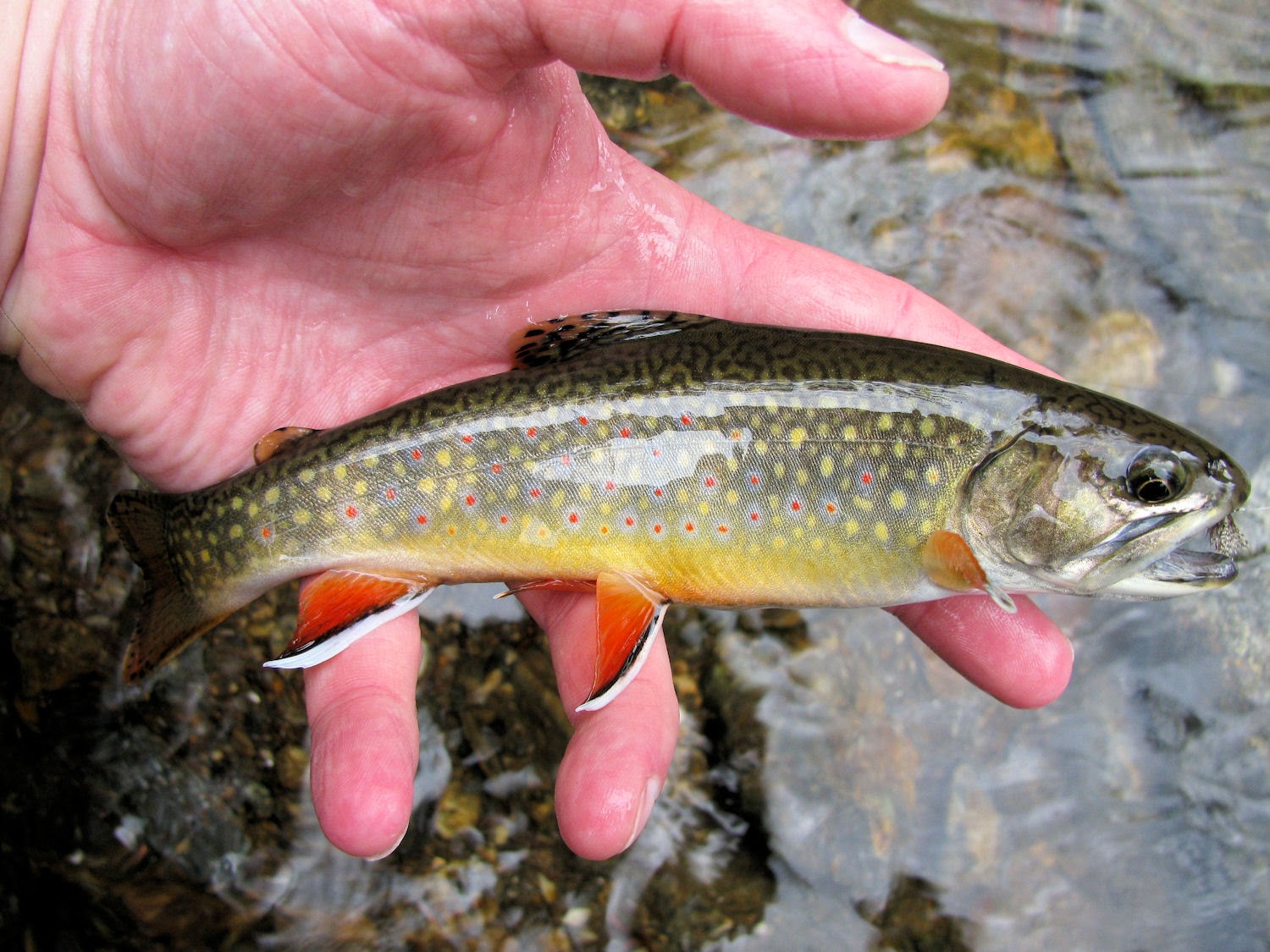The quagga mussel was first found in the Wraysbury Reservoir, near Staines, and the River Wraysbury by Environment Agency teams carrying out routine water checks in October.
The quagga mussel, officially known as Driessena rostriformis bugensis, was found in the Wraysbury Reservoir and the River Wraysbury by Environment Agency teams carrying out routine water checks in October.
Read the article HERE.
A species of mussel, which threatens to wipe out native animals and fish and was first found in Staines two months ago, has spread to the River Thames, the Get Surrey website reports.
The quagga mussel, officially known as Driessena rostriformis bugensis, was found in the Wraysbury Reservoir and the River Wraysbury by Environment Agency teams carrying out routine water checks in October.
In a matter of weeks, they had spread to a further six locations in nearby reservoirs and have now moved further downstream to Richmond, with experts warning they could soon spread further.
Less than 5cm in length, the molluscs breed so prolifically that the clusters grow metres thick and can smother boat hulls, block pipes and potentially cause flooding.
They can also poison water due to their eating habits as they extract nutrients and discard unwanted particles in the form of toxic faeces.
The Zoological Society of London’s (ZSL) discovered the ‘alien’ species during its annual survey of the riverbed.
Joe Pecorelli, manager of the London’s Rivers project at ZSL, said: “The Thames in London is already amongst the most highly invaded rivers in the world so it’s sad to see yet another invasive species colonising it, especially one that has been so damaging to freshwater habitats in other countries.
"This part of the river is home to populations of rare freshwater mussel, so it’s especially concerning that the quagga’s arrival will add to the pressures that threaten their future.”
Although not clear how it first arrived in the UK, it is known to spread by human activity as they attach themselves to boat hulls and other fishing equipment.
Denise Rowley, environment officer at the Port of London Authority, said: “Although not a threat to public health, the rapid colonisation potential of the quagga mussel means that in some locations it could smother boat hulls, clog propellers, pipes and valves. They may also adhere to jetties and buoys.”
A closely related species, the zebra mussel, has already caused millions of pounds worth of damage in the US Great Lakes, where they first arrived in the late 1980s.
Karen Harper, manager of the London Invasive Species Initiative, said: “You can help stop the spread of invasive non-native species like quagga mussel by following good biosecurity and applying check, clean, dry every time you are out on our waterways.
"For quagga mussels this is especially important as the larvae are invisible to the naked eye, so you might not be able to see what you are transporting.”
Read the article HERE.
The Aquaculturists
This blog is maintained by The Aquaculturists staff and is supported by the
magazine International Aquafeed which is published by Perendale Publishers Ltd
For additional daily news from aquaculture around the world: aquaculture-news


















